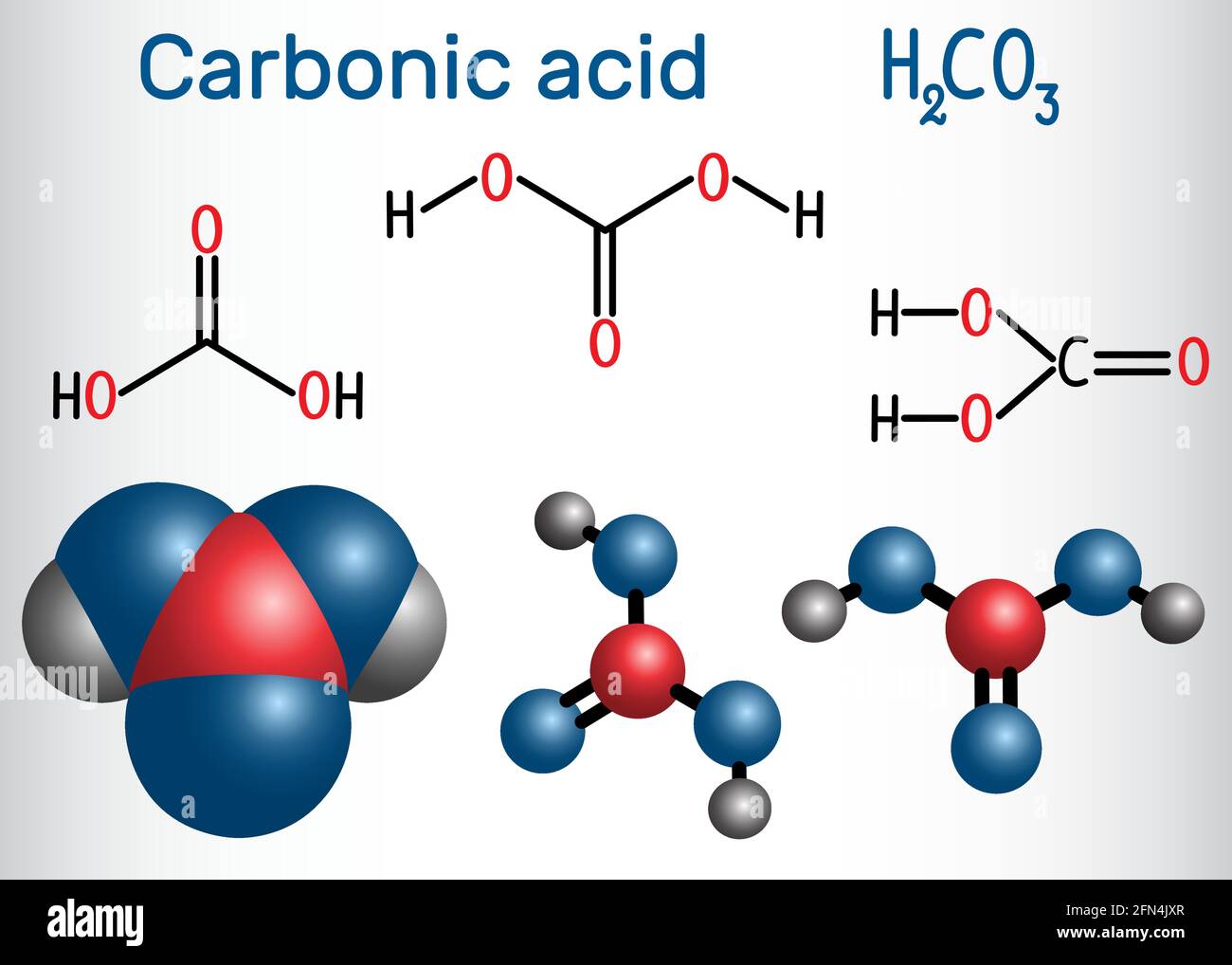
Protons and neutrons each have a mass number of 1. A cloud of negatively charged electrons surrounds the nucleus, the number of electrons equaling the number of protons thus balancing the positive charge of the protons for a neutral atom. A simple model of the atom has a central nucleus composed of protons, which have positive charges, and neutrons which have no charge. Atoms consists of subatomic particles- protons, neutrons, and electrons. 3.1.1 The Atom Electron cloud model of the atom To understand mineral chemistry, it is essential to examine the fundamental unit of all matter, the atom. Rocks are composed of minerals that have a specific chemical composition. As is discussed in later chapters, there are three types of rocks composed of minerals: igneous (rocks crystallizing from molten material), sedimentary (rocks composed of products of mechanical weathering (sand, gravel, etc.) and chemical weathering (things precipitated from solution), and metamorphic (rocks produced by alteration of other rocks by heat and pressure.

Typically, substances like coal, pearl, opal, or obsidian that do not fit the definition of mineral are called mineraloids.Ī rock is a substance that contains one or more minerals or mineraloids. But once that clam shell undergoes burial, diagenesis, or other geological processes, then the calcite is considered a mineral. Because of these discrepancies, the International Mineralogical Association in 1985 amended the definition to: “A mineral is an element or chemical compound that is normally crystalline and that has been formed as a result of geological processes.” This means that the calcite in the shell of a clam is not considered a mineral. Calcite is quite often formed by organic processes, but is considered a mineral because it is widely found and geologically important. Both are considered minerals because they were classified before the room-temperature rule was accepted as part of the definition. For example, water and mercury are liquid at room temperature.
:max_bytes(150000):strip_icc()/carbondioxide-56a128af3df78cf77267ef26.jpg)
Some natural substances technically should not be considered minerals, but are included by exception. In geology, the classic definition of a mineral is: 1) naturally occurring, 2) inorganic, 3) solid at room temperature, 4) regular crystal structure, and 5) defined chemical composition. The term “minerals” as used in nutrition labels and pharmaceutical products is not the same as a mineral in a geological sense.

Identify minerals using physical properties and identification tables.List common non-silicate minerals in oxide, sulfide, sulfate, and carbonate groups.Describe the silicon-oxygen tetrahedron and how it forms common silicate minerals.Describe chemical bonding related to minerals.Derive basic atomic information from the Periodic Table of Elements.Describe the basic structure of the atom.The largest crystal found here is 39 feet (12 meters) and 55 tones.Īt the end of this chapter, students should be able to:

These selenite (gypsum) crystals, found in The Cave of the Crystals in Naica, Mexico, has some of the largest minerals ever found. Putting these pieces together gives the name carbon tetrachloride for this compound.Announcement: Chapter quizzes are not working as of summer 2023. The second element, chlor ine, becomes chlor ide, and we attach the correct numerical prefix (“tetra-”) to indicate that the molecule contains four chlorine atoms. The name begins with the name of the first element-carbon. Let us practice by naming the compound whose molecular formula is CCl 4. *This prefix is not used for the first element’s name. \): Numerical Prefixes for Naming Binary Covalent Compounds Number of Atoms in Compound


 0 kommentar(er)
0 kommentar(er)
